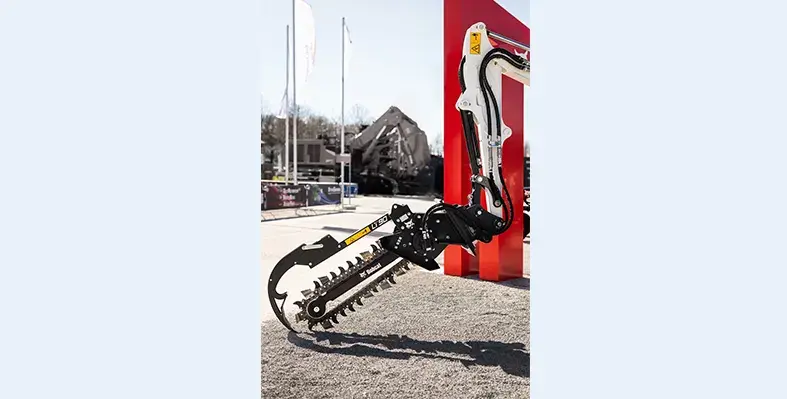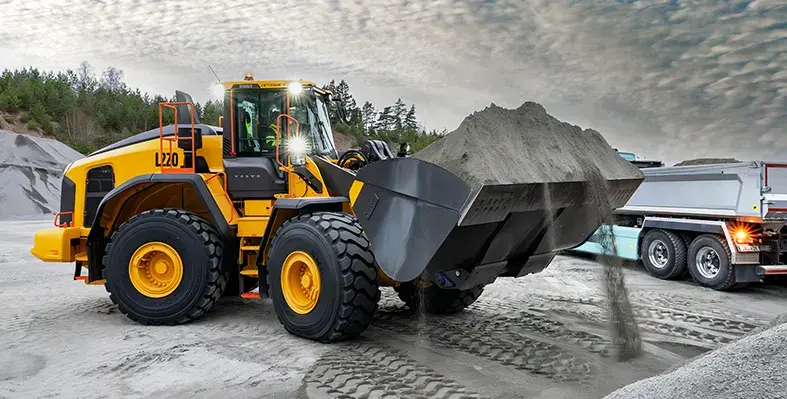
Volvo Construction Equipment introduces a redesigned generation of articulated haulers with improved performance, safety, and comfort. (Image source: Volvo CE)
Volvo Construction Equipment (Volvo CE) has raised the bar with its new generation of articulated haulers
This latest lineup not only updates seven existing models from the A25 to A60 class but also introduces a powerful new addition – the 45-ton A50. Designed to move more material efficiently, reduce operating costs, and tackle the toughest terrains, these next-generation haulers bring a fresh mix of innovation, durability, and operator comfort.
1. Modern redesign
The new haulers feature a sleek exterior built for both performance and endurance. A re-engineered frame and body design allow materials to be dropped further away, reducing the need for additional equipment. An optional overhung tailgate with extended arms provides a wider opening for faster dumping. Inside, operators benefit from improved comfort with customisable settings, low noise levels, extra storage, and options like a cool or heat box and premium seating. Connectivity has also been upgraded with Bluetooth, USB sockets, four speakers, and a built-in microphone.
2. Enhanced safety and visibility
A repositioned door entrance and spacious platform make access safer and easier. Added safety railings, focused lighting, and improved cab panels enhance both protection and visibility. The haulers exceed industry standards with wider wiper coverage and clearer sightlines. Optional front and rear cameras, pillar work lights, and a standard entrance camera further improve operator awareness. Windshield cleaning is safer too, with harness anchor points inside the cab.
3. Simplified servicing
Servicing is easier and less frequent, with longer intervals and improved access to critical components. Maintenance points are reachable from the ground, and daily or weekly greasing is no longer necessary thanks to 250-hour greasing intervals. Volvo’s engine oil and high-performance filters support 1,000-hour engine service intervals, cutting lifetime oil and filter usage by half.
4. Incredible performance
These haulers are engineered for power and endurance, featuring reinforced axles built to handle heavier loads and higher torque. Volvo’s exclusive drivetrain with Terrain Memory optimises traction on slippery surfaces, ensuring stability and reducing wear. Enhanced braking and retarder systems, including the Volvo engine brake, downhill speed control, and wet brakes on all wheels, further boost performance and safety.
5. Best-in-class controls
Operators can manage functions with ease through the Volvo Co-Pilot, which controls media, camera settings, climate, and machine status. A dynamic instrument cluster positioned in front of the steering wheel provides clear, real-time data. With ergonomic gear levers designed for smooth shifting and reduced strain, Volvo’s haulers deliver a superior driving experience throughout long shifts.
Volvo CE’s new articulated haulers redefine productivity and operator comfort, setting a new standard for performance in modern construction and mining operations.
Learn more about Volvo’s articulated haulers and see how they can make your workday easier and more productive.




